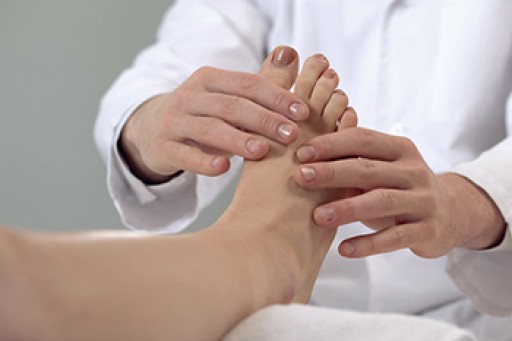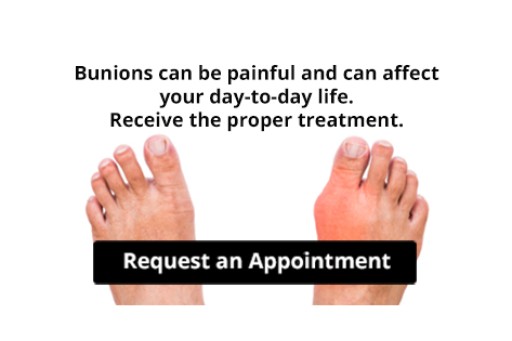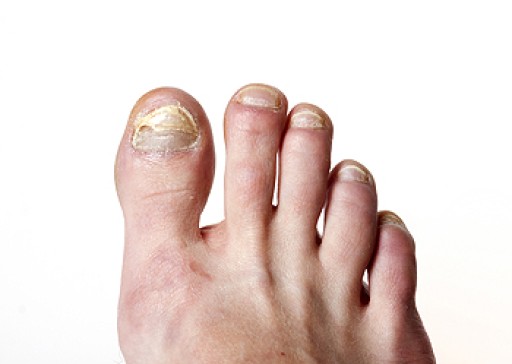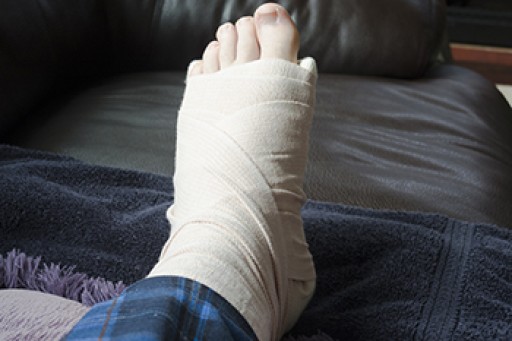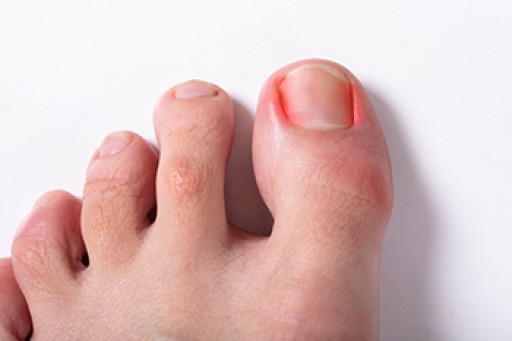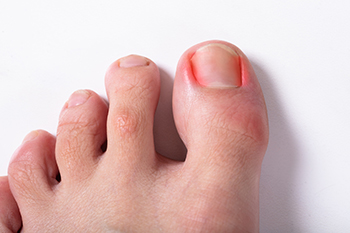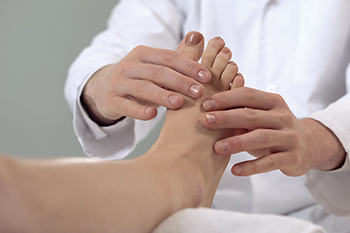
A rare foot condition happens to only a few people in the population. Many rare foot conditions share symptoms with common foot problems but are harder to diagnose and treat. Three such foot diseases are Freiberg’s disease, Maffucci syndrome, and Kohler’s disease. Freiberg’s disease usually affects the second or third metatarsal bones and causes the bones to flatten and lose their normal, round, smooth shape. Symptoms include pain, swelling, and stiffness around the affected toe, and it can cause the forefoot to be tender and have a limited range of motion. Maffucci syndrome affects the skin and bones. It is characterized by multiple benign tumors in the cartilage, called enchondromas, which develop near the ends of bones and cause them to bulge and stop growing. These can lead to severe bone deformation and make bones more susceptible to fractures. This syndrome is most common among children and is rarely detected at birth, but symptoms can become apparent in the first few years of life. Kohler’s disease is another rare foot condition that happens due to the compression of the arch of the foot during a child’s early development. It affects boys more than girls and typically affects a single foot. Those with this disease have redness, swelling, and tenderness on the affected foot. Symptoms may be mild but chronic. If your child suffers from foot pain, see a podiatrist who can diagnose the problem and provide treatment.
Some foot conditions may require additional professional care. If you have any concerns, contact one of our podiatrists of Lewis Wolstein, DPM, P.C. & Associates. Our doctors can provide the care you need to keep you pain-free and on your feet.
Rare Foot Conditions
The majority of foot conditions are common and can be treated by a podiatrist. Standard diagnostic procedures are generally used to identify specific conditions and treatment can be rendered. A podiatrist also treats rare foot conditions which can be difficult to diagnose and may need extra attention and care.
There are many rare foot conditions that can affect children. Some of these can include:
- Freiberg’s disease
- Kohler’s disease
- Maffucci syndrome
Freiberg’s disease - This can be seen as a deterioration and flattening of a metatarsal bone that exists in the ball of the foot. It typically affects pre-teen and teenage girls, but can affect anyone at any age. Symptoms that can accompany this can be swelling, stiffness, and the patient may limp.
Kohler’s disease - This often targets the bone in the arch of the foot and affects younger boys. It can lead to an interruption of the blood supply which ultimately can lead to bone deterioration. The patient may limp or experience tenderness, swelling, and redness.
Maffucci syndrome - This affects the long bones in a child’s foot leading to the development of abnormal bone lesions. They are benign growths and typically develop in early childhood and the bones may be susceptible to breaking.
A podiatrist can properly diagnose and treat all types of rare foot conditions. If your child is affected by any of these symptoms or conditions, please don’t hesitate to call our office so the correct treatment method can begin.
If you have any questions please feel free to contact our office located in Co-Op City, NY . We offer the newest diagnostic tools and technology to treat your foot and ankle needs.
